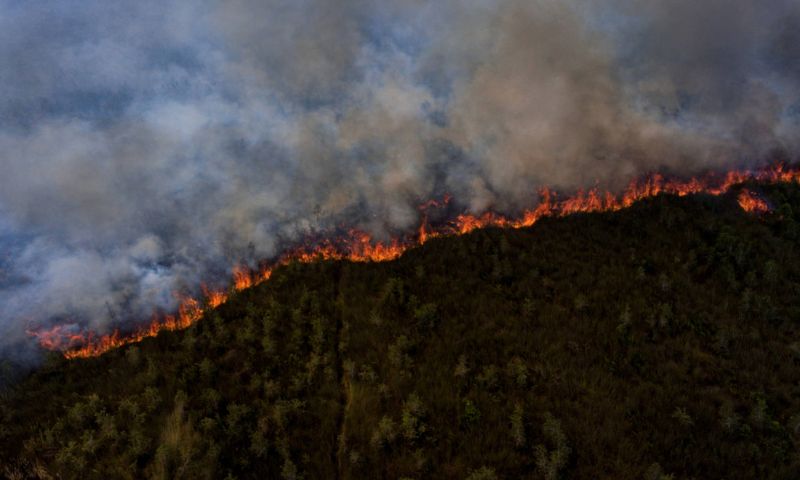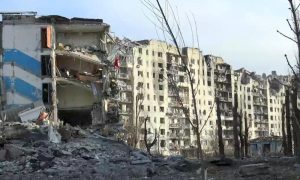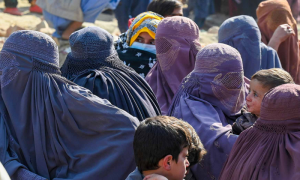SYDNEY, Australia: On a scorching Tuesday, Sydney witnessed its first total fire ban in nearly three years, signalling a concerning escalation in wildfire threat due to exceptional heat and dryness across southeast Australia.
This alarming situation led to the closure of numerous schools along the New South Wales state coast to the south, prioritizing the safety of students and communities.
Australian authorities are sounding the alarm, forecasting an impending wildfire season that could be the most devastating in the populous southeast of the country during the approaching Southern Hemisphere summer. This grim prediction harkens back to the catastrophic Black Summer fires of 2019-20, which claimed 33 lives, ravaged over 3,000 homes, and consumed a staggering 19 million hectares (47 million acres) of land.
A total fire ban has been officially declared for the Greater Sydney area and coastal communities to the south. This marks the first such declaration for Sydney, Australia’s largest city after Melbourne, since late November 2020. On this fateful Tuesday, Sydney matched its September maximum temperature record, soaring to 34.6 degrees Celsius (94.3 degrees Fahrenheit), an unprecedented warmth for the start of spring across much of Australia’s southeast.
Miriam Bradbury, the senior meteorologist at the Australian Bureau of Meteorology, characterized this weather anomaly as an unusually warm beginning to spring, stating, “We are in this run of very, very warm weather which hasn’t been seen in many, many years.” To corroborate the concerning state of affairs, authorities reported 61 wildfires blazing across Australia’s most populous state on Tuesday, with 13 of them spiralling out of control.
In response to the escalating danger, a “catastrophic” fire risk level has been declared along the south coast of New South Wales, the highest tier in a five-tier rating system. Rural Fire Service Commissioner Rob Rogers emphasized the urgency, stating, “The problem is when we get into fires in ‘catastrophic’ fire danger rating, there’s not much time for us to get on top of those fires and contain them, and once they take hold we won’t be able to put those fires out.”
Education authorities took swift action, closing 20 schools in the perilous south coast communities on Tuesday due to the extreme fire risk. The situation is exacerbated by the recent declaration of an El Nino weather pattern by the Bureau of Meteorology, known to bring hotter and drier conditions to the Australian east coast. This follows three successive La Nina events that ushered in milder and wetter conditions. Karl Braganza, bureau manager, expressed concern, stating, In all likelihood, we can expect that this summer will be hotter than average and certainly hotter than the last three years.
























